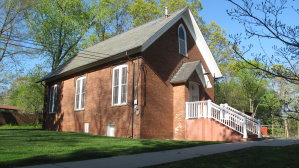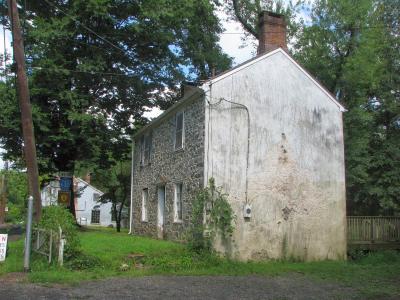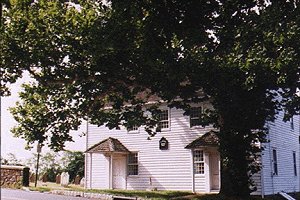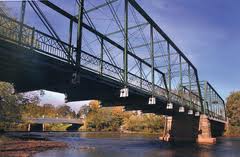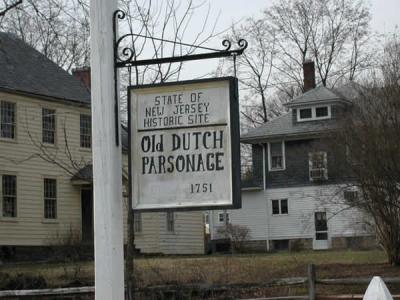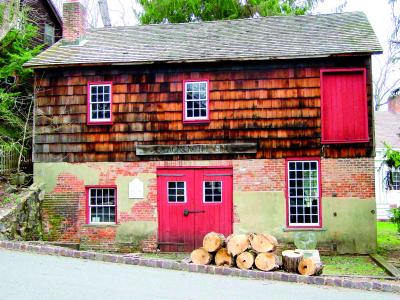Somerset County, NJ Historic Sites
George Washington slept here. Really! Somerset County has long been a draw for noteworthy people, places and events. Come bear witness to its historic sites, homes and museums, spanning eras that include colonial times, the American Revolution and beyond.
Millstone Borough Hall
The Millstone Borough Hall was originally a one room school house constructed circa 1860. It still contains its original tin ceiling and tongue-and-groove beadboard wainscoting. Used as a school until around 1940, it now serves as the municipal building, and is currently being restored by the Borough.
Read MoreMillstone Valley Scenic Historic Corridor
It takes only about one hour to drive the byway itself. However, it takes time to explore the historic villages of Griggstown, East Millstone, Millstone Borough , the Borough of Rocky Hill, and Kingston, and the historic districts and nature preserves, the Delaware Raritan Canal, Six Mile Run, Blackwell Mills, Colonial Park, River Road Agricultural District, Griggstown Grasslands, the village
Read MoreMount Bethel Baptist Meeting House
This meeting house was constructed in 1786 by the county’s first Baptist congregation, in part with materials salvaged from an earlier structure. It is one of the few 18th century timber-frame meeting houses in New Jersey that retains much of its original character. The meeting house is a representative example of the simple church structures erected throughout the United
Read MoreNevius Street Bridge
The Nevius Street Bridge is a three hundred foot long, two-span, double-intersection Pratt through-truss bridge. It is the last double-intersection Pratt truss bridge and the oldest metal-truss bridge in the county, and was constructed in 1886 by the Wrought Iron Bridge Company of Canton, Ohio. The Nevius Street Bridge is maintained by Somerset County.
Read MoreOld Dutch Parsonage
The Old Dutch Parsonage, a Georgian style structure, was built in 1751 for the Reverend John Frelinghuysen with funds from three Dutch Reformed churches in the Raritan Valley. The Old Dutch Parsonage remained a pastor’s residence until 1810; it subsequently was owned by a prominent local physician. In 1907 the Central Railroad of New Jersey purchased the property to make
Read MoreOld Millstone Forge
The Old Millstone Forge is home to what was the longest operating blacksmith shop in America. It served the area as an active blacksmith’s shop until the death, in 1959, of its last blacksmith Edward H. Wyckoff, who served a remarkable 64 years. The building was restored by area residents in the 1960s and is currently operated as a blacksmith
Read More